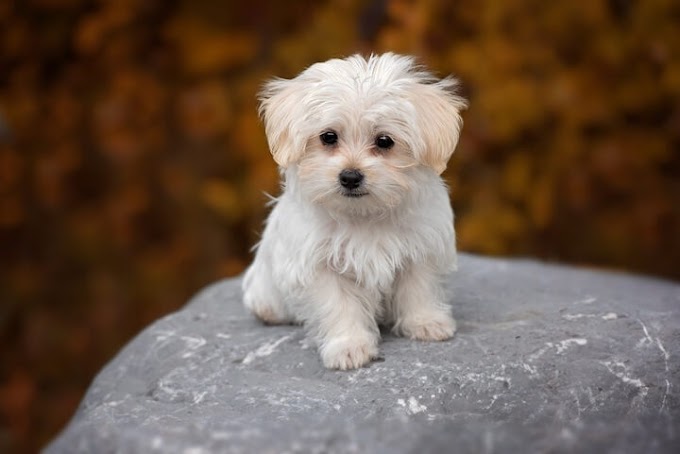 |
| Why Do Rabbits Have Down Ears? |
Rabbits are cute and popular pets. One of their characteristic features is their long and drooping ears. So why do rabbits have ears down? This article will discuss the anatomical structure, function and evolutionary explanations of rabbit ears.
Ear Structure of Rabbits
Rabbits' ears differ significantly from those of other mammals. Interestingly, rabbits' ears are quite large and long compared to their body. A rabbit's ear can be approximately 10-11 centimeters long. Thanks to their light and flexible structure, the ears can move in different directions. Rabbits can rotate their ears up to 180 degrees, which gives them a great advantage in perceiving sounds in their environment.
The Function of Rabbits Ears
Hearing: Rabbits carry their ears down to maximize their hearing ability. Big ears provide better hearing by capturing and directing more sound. The shape and position of their ears allow them to detect surrounding sounds with precision. This is important so they can anticipate danger when they are fleeing from predators or foraging.
Thermoregulation: Rabbits' large ears play an important role in regulating their body temperature. As blood vessels pass through the ears, they allow heat to dissipate easily. In hot weather, blood vessels expand and blood flow to the ear increases. This helps lower body temperature. In cold weather, blood vessels narrow and blood flow decreases, thus helping to maintain body temperature.
Communication: Rabbits use their ears as part of their body language. They may move their ears to sense danger or communicate with other rabbits. For example, they can hold their ears up to indicate that they are in a dangerous situation or are ready to attack. Keeping the ears down can mean that they are more relaxed and calm.
Evolutionary Explanations of Rabbits' Ears
To understand why rabbits have
down ears, it's important to look at evolutionary processes. The ancestors of
rabbits were animals that lived in open areas and were threatened by predators.
In this setting, good hearing may have provided a survival advantage.
Rabbits' ears may have developed as a result of evolutionary processes by growing and being directed downwards. Large ears provide a larger surface to capture more sound. At the same time, the ears are carried below, making it difficult for hunters to detect rabbits. In this way, rabbits can anticipate danger and have a chance to escape or hide.
Another evolutionary explanation for rabbits having down ears has to do with thermoregulation. Rabbits are animals that can adapt to hot and dry climates. Large ears help regulate body temperature. In hot weather, they give off excess heat through the ears, thereby lowering body temperature. This allows rabbits to stay comfortable and cool in hot environments.
 |
| Why Do Rabbits Have Down Ears? |
Conclusion
The fact that rabbits have lower ears is a functional and evolutionarily explainable feature. Large ears provide better hearing, making it easier to escape from predators. At the same time, the ears help regulate body temperature and are used as a means of communication. These traits are adaptations that increase rabbits' chances of survival.
More research needs to be done
on the fact that rabbits have down ears. Scientists are working to examine the
evolution of rabbit ears in more detail and to understand the role of this
feature in the adaptation process. However, the cute and characteristic ears of
rabbits are also one of the reasons why these animals are such popular pets.














0 Yorumlar